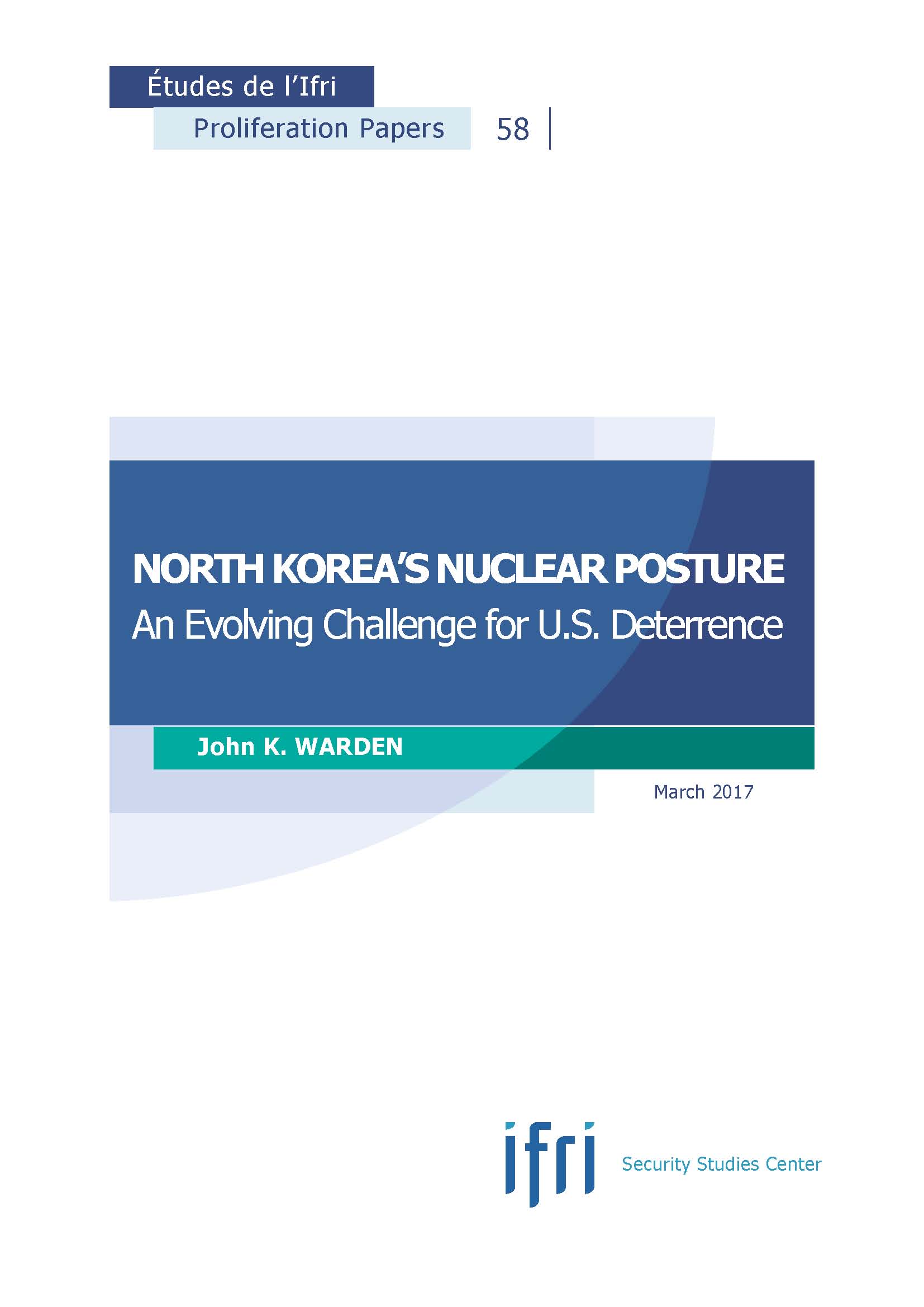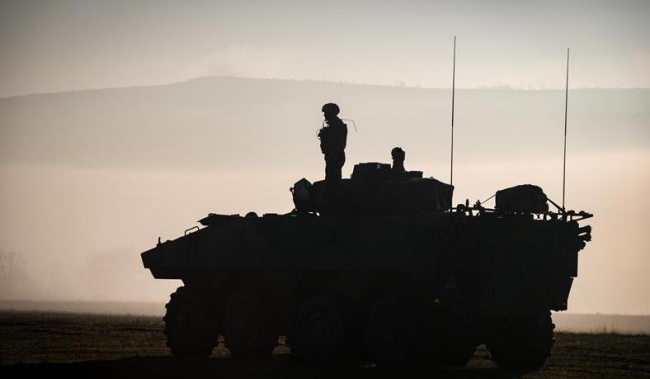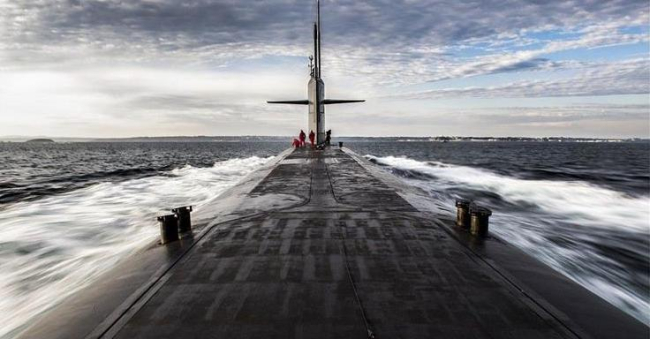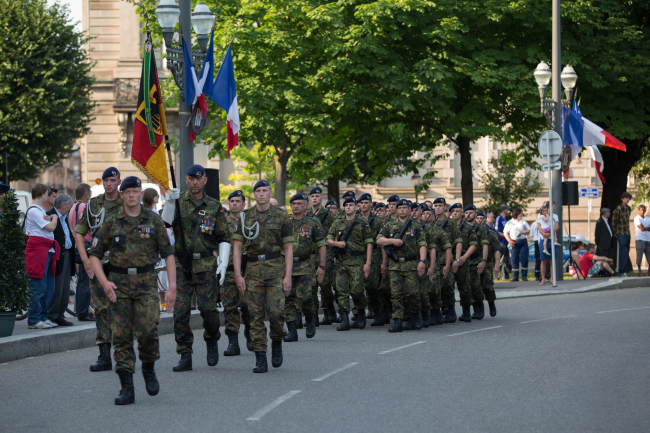North Korea's Nuclear Posture: an Evolving Challenge for U.S. Deterrence

A more capable, nuclear-armed, North Korea will pose very substantial challenges to the U.S. deterrence posture.
While North Korea’s nuclear program already serves multiple functions in its security strategy, it is likely to acquire an even greater role over the coming years. Once the regime deploys more advanced nuclear weapons and ballistic missiles, it might be tempted to pursue a revisionist agenda focusing either on the reunification of the Korean peninsula or on more limited aims. In support of such ambitions, Pyongyang may develop a theory of victory relying on the threat of nuclear escalation to deter enemies from pursuing regime change and to compel them to accede to its demands. As North Korea’s capabilities mature, the United States, South Korea, and Japan will need to articulate a comprehensive approach to deterring Pyongyang while managing their differences to respond to North Korea’s behavior during peacetime, crisis, and conflict. To deter Pyongyang, coordination is key, hence the need for the United States and its allies to adopt a layered deterrence strategy and determine courses of action that, if pursued vigorously and carefully, would increase their chances of containing a nuclear-armed North Korea and avoiding nuclear war.

Available in:
Regions and themes
Share
Download the full analysis
This page contains only a summary of our work. If you would like to have access to all the information from our research on the subject, you can download the full version in PDF format.
North Korea's Nuclear Posture: an Evolving Challenge for U.S. Deterrence
Related centers and programs
Discover our other research centers and programsFind out more
Discover all our analysesThe Franco-German Brigade and the Revival of European Defense
One thing has been clear since Donald Trump's return to the White House: the very existence of the European unification project is threatened. Unless it develops a sovereign defense policy to counter the war in Ukraine and the weakening of American security guarantees, the European Union will continue to see its internal cohesion and external attractiveness wane.
Taking the Pulse: Can Europeans Build Their Independent Extended Nuclear Deterrent?
Confronted with a U.S. disengagement and the Russian threat, Europeans are reconsidering their stance on nuclear deterrence. Given the capabilities of the French and British arsenals, can Europe develop an independent nuclear deterrent?

RAMSES 2024. A World to Be Remade
For its 42nd edition, RAMSES 2024 identifies three major challenges for 2024.
A Transatlantic Defense Industrial Base? Two Contrasting Views
The evolving landscape of global defense cooperation has brought the transatlantic relationship between the United States (US) and Europe into sharp focus. As geopolitical tensions rise and the threat environment becomes more complex, the question of how Europe can best ensure its security while navigating its relationship with the United States has become paramount. This double feature report offers two contrasting views on the dynamics of US-Europe defense industrial relations, highlighting the challenges and opportunities that lie ahead for both parties.








